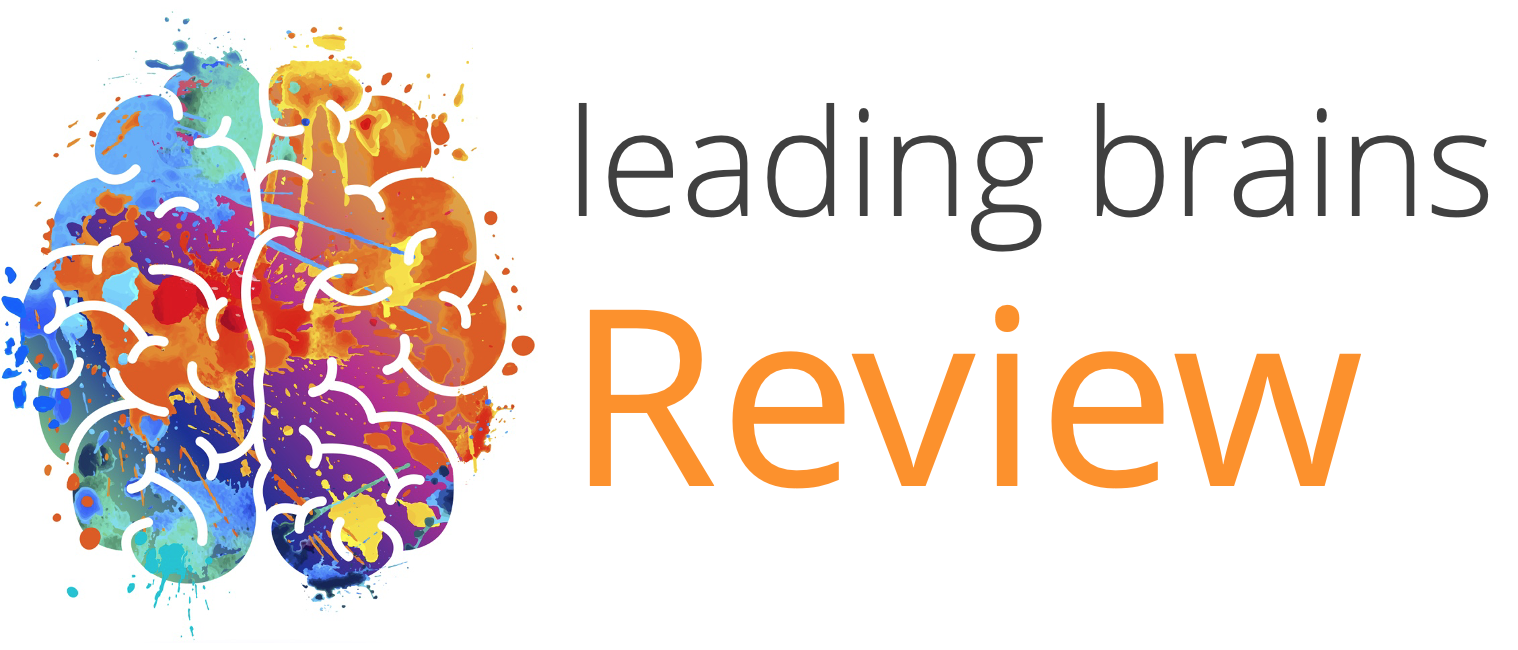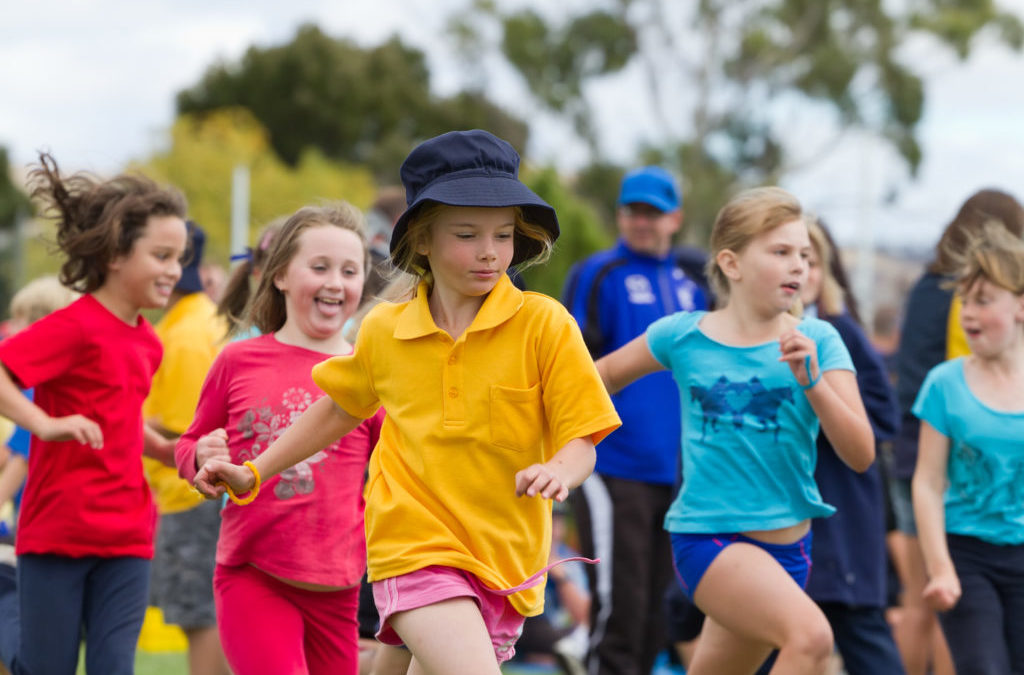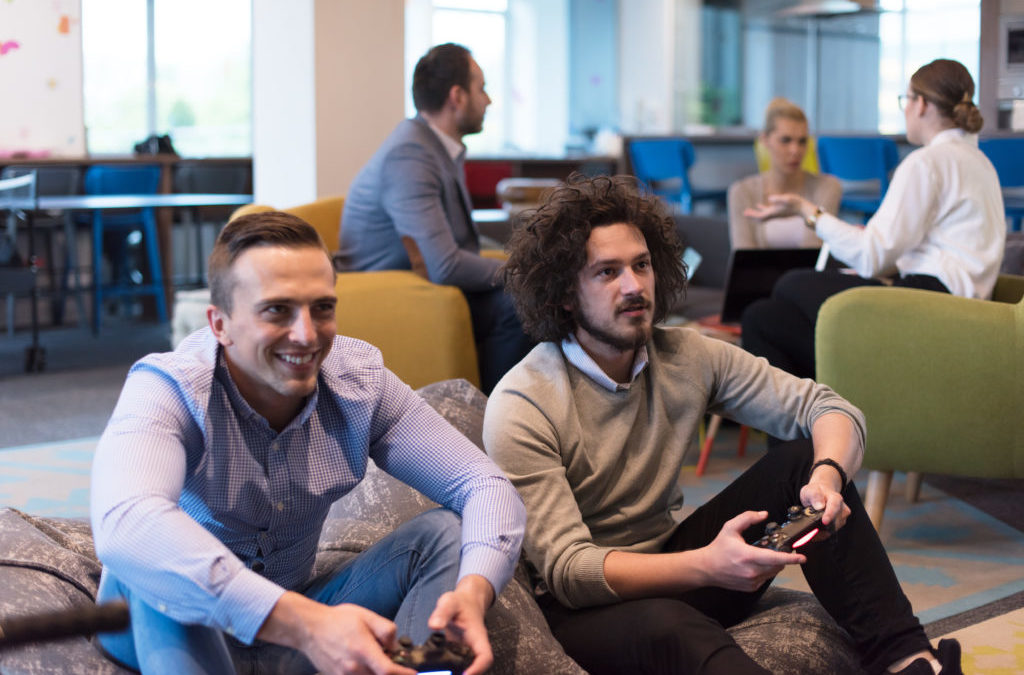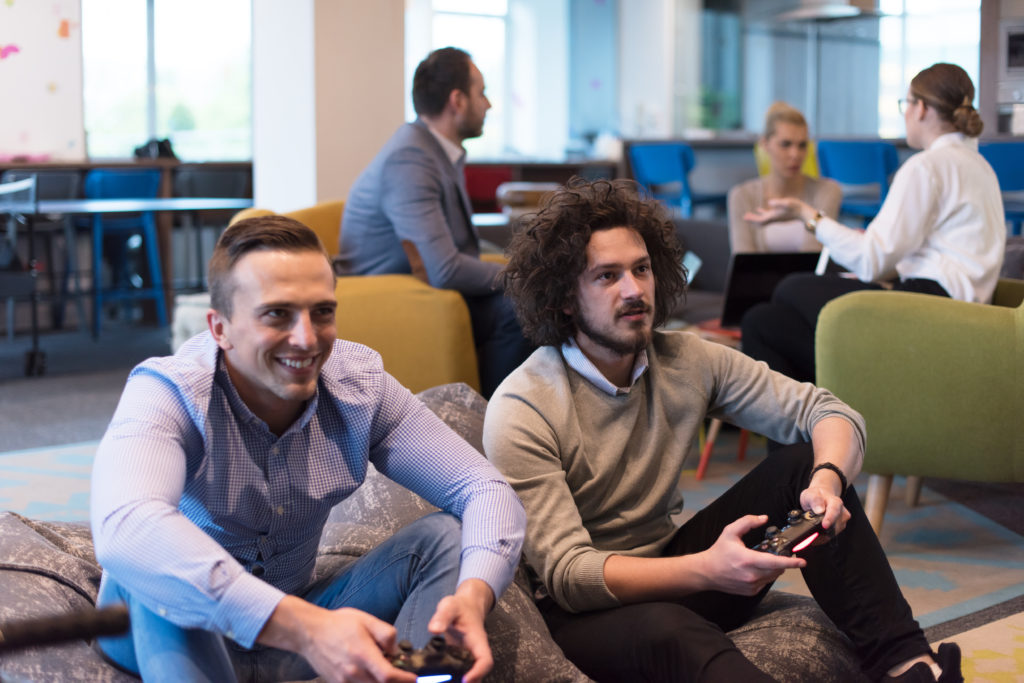In the 1950s the blank slate theory was the most prominent theory ascribed to babies. They are born blank slates and then their experiences allow them to develop their networks thoughts, associations, etc., and just about everything else. Though this theory is long...

Older People are Better at Responding to Distress
Quick Hits
Daily brief research updates from the cognitive sciences

We may have some cliched ideas of older people like the grumpy or angry old man, or woman (but it is often a man).
However, research continually shows the opposite. Namely that people tend to mellow out with age. And another piece of research published in March this year also shows that older people respond better to distress. This is an interesting piece conducted by Sussanne Schweizer of the University of South Wales in Australia.
What did they do?
249 participants aged between 18 and 88 watched a series of clips with emotional content. This varied form positive such as babies giggling, to neutral such as a weather forecast, or negative, such as footage of the Rwandan genocide. They were asked to watch these and allow any emotional responses to arise naturally. However, they were then instructed to actively reframe 50% of the negative content clips and try to put this in a more positive light.
They then rated their emotional responses to each of the clips.
What did they find?
They found that older people were
-
- More positive to positive emotional stimuli
- More positive to neutral emotional stimuli
- Better able to manage negative emotional stimuli
These even though the so-called basal emotional state was rated as more negative (this is the grumpy old man syndrome!). The basal state is the general state. So older people seem to be slightly more negative “at rest”.
Subsequent brain scanning of some of the participants failed to find any fundamental differences in brain structure apart from decreased cortical thickness across all regions which we know is a natural part of the ageing process.
So, all in it shows that older people respond more positively to all emotional stimuli but importantly are better able to deal with distressing or negative stimuli.
Surprising? Maybe.
In summary, in negative situations it might be good to have an old person with you!

Andy Habermacher
Andy is author of leading brains Review, Neuroleadership, and multiple other books. He has been intensively involved in writing and research into neuroleadership and is considered one of Europe’s leading experts. He is also a well-known public speaker speaking on the brain and human behaviour.
Andy is also a masters athlete (middle distance running) and competes regularly at international competitions (and holds a few national records in his age category).
Reference
Stretton, J., Schweizer, S., & Dalgleish, T. (2022).
Age-Related Enhancements in Positive Emotionality across The Life Span: Structural Equation Modeling of Brain and Behavior.
The Journal of Neuroscience : The Official Journal of the Society for Neuroscience, 42(16).
https://doi.org/10.1523/JNEUROSCI.1453-21.2022
More Quick Hits
Babies born with five from seven functional brain networks
Your brain on near-death experiences
Near-death experiences have fascinated many people ever since they have been reported. And these experiences guide our view of how we die: the memories of your life passing in front of your eyes, the tunnel of light, the floating movement towards a bright light....
Social networks grow your brain
The headline is a bit “click baity” but it is what a group of researchers found. To be more specific they found in macaques (cute monkeys) in the wild that having more grooming partners grew different regions of the brain. Grooming is the primate version of having a...
What do creative brains look like?
We’d probably all be happy to be a bit more creative — though research into our own opinions show that many people do actually consider themselves to be above average in creativity. An obvious self-bias. This is where scientists who study creativity come in and find...
New gender biases discovered
There have been many studies on gender biases, and I have followed, written, and spoken about many of these biases over the years (over a decade actually) but two studies have just come out that caught my eye. One out of New York University focused on gender natural...
Growth of your brain over your life
So, we all know that our brain grows very quickly as babies and children and then after a certain age, younger than some of us may like to think, there begins a slow decline. But precisely what and how is the question. Well, this is a question that an international...














